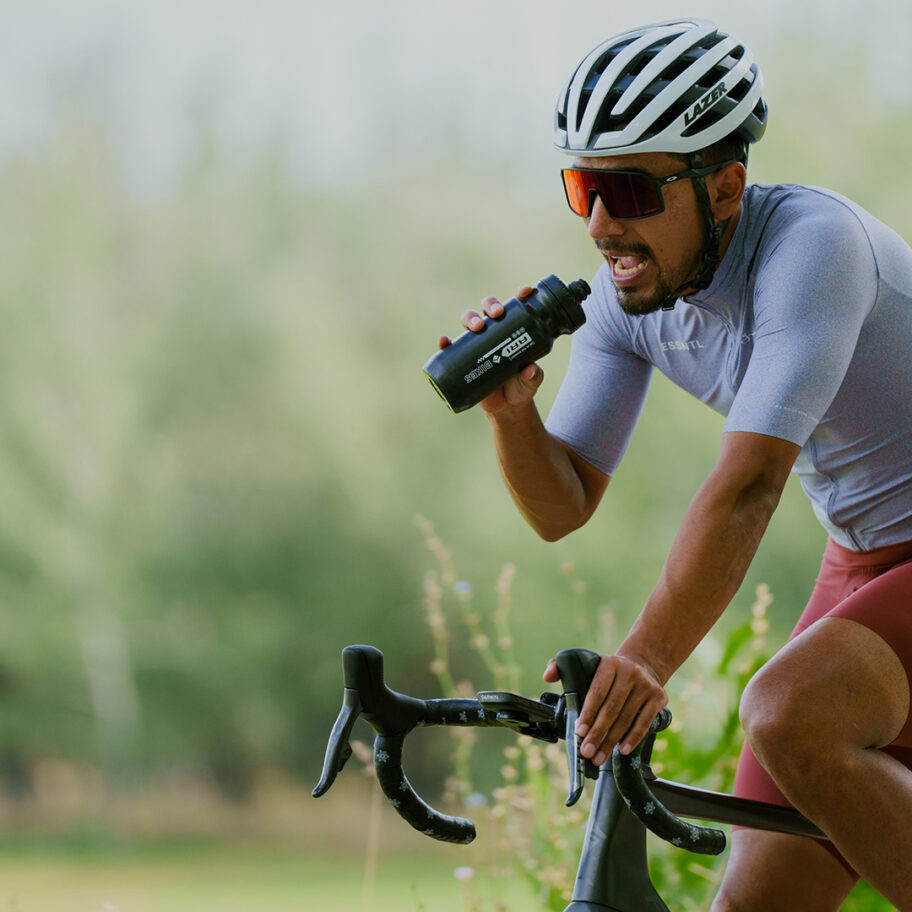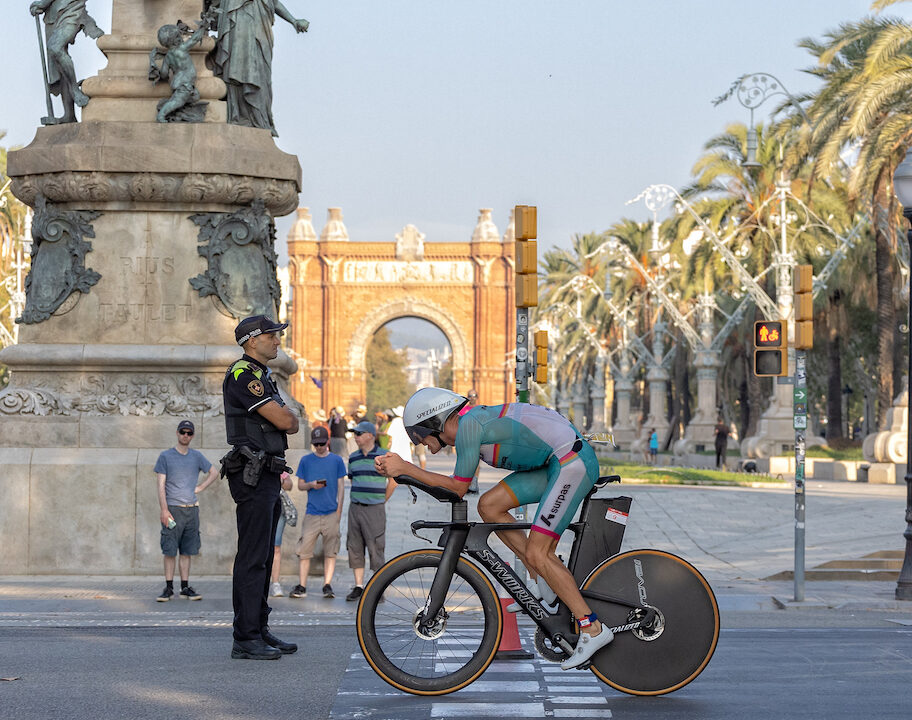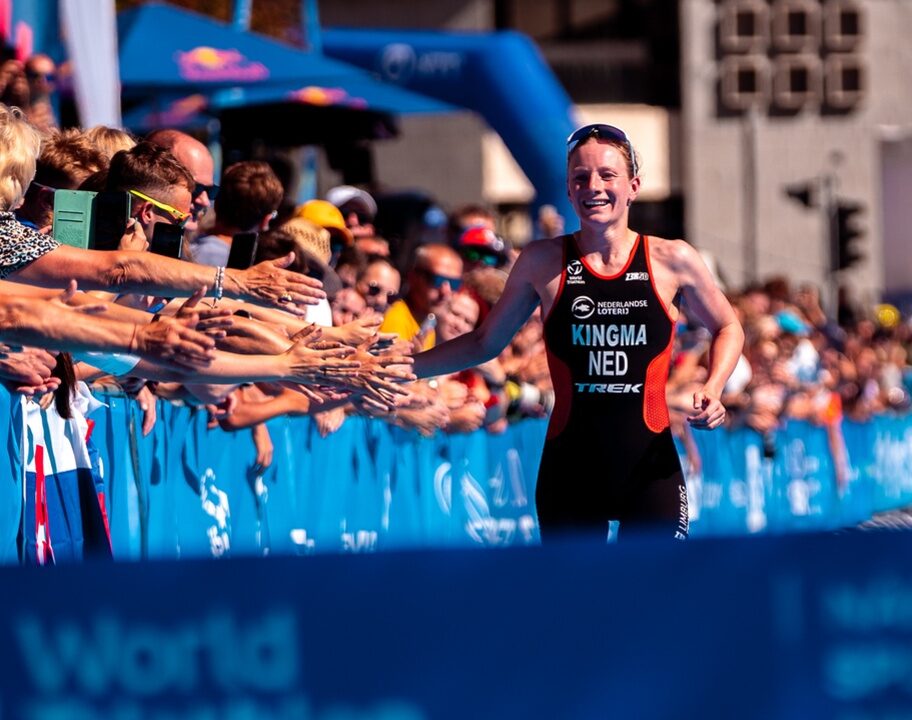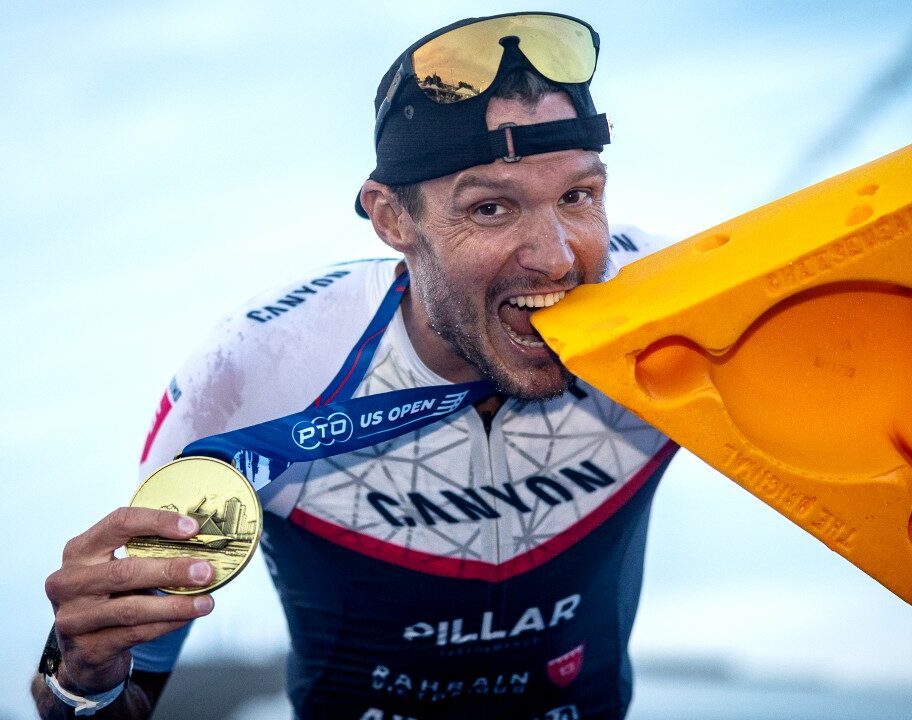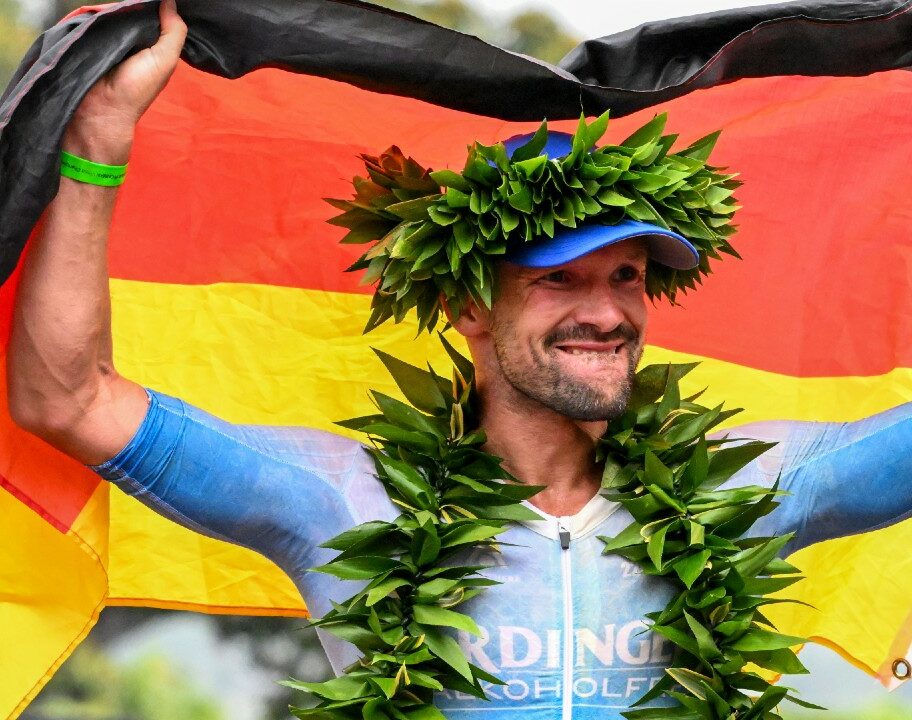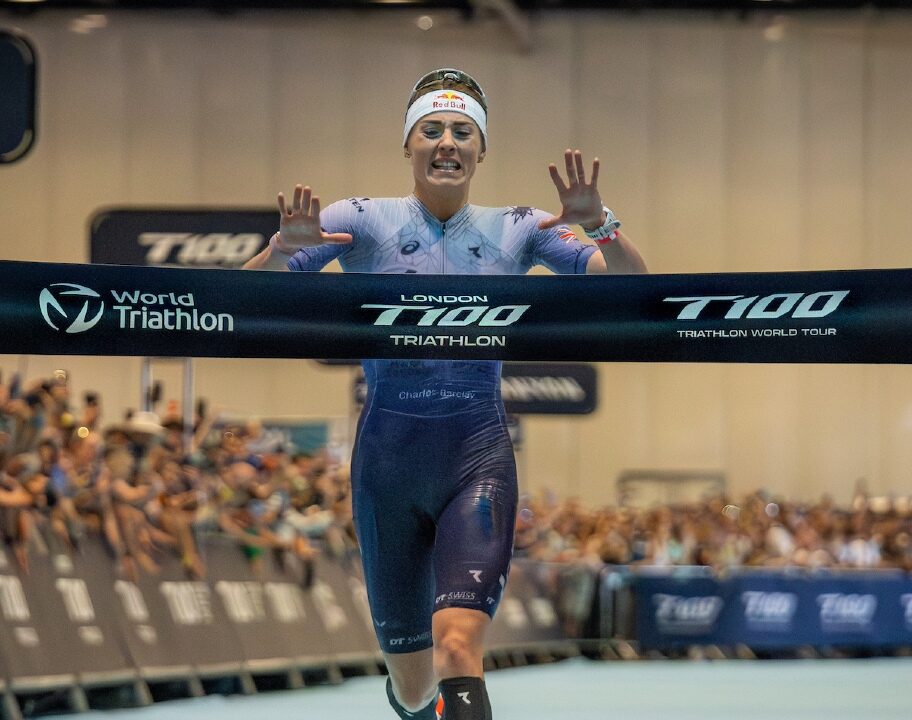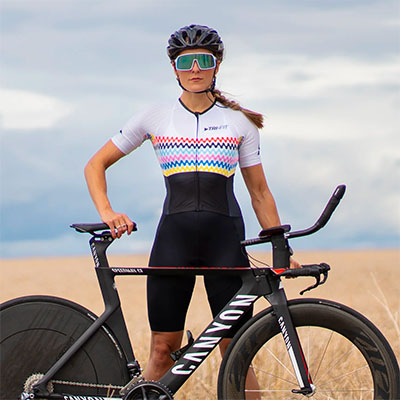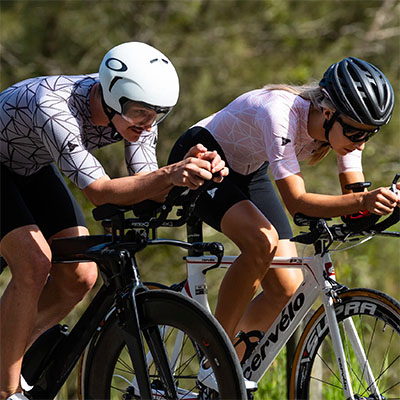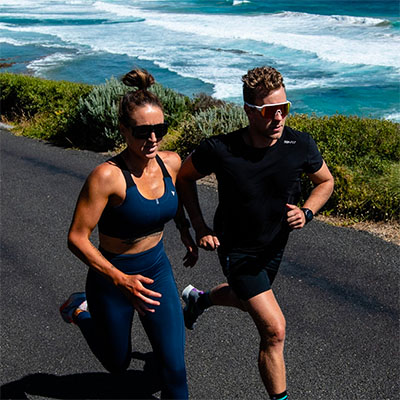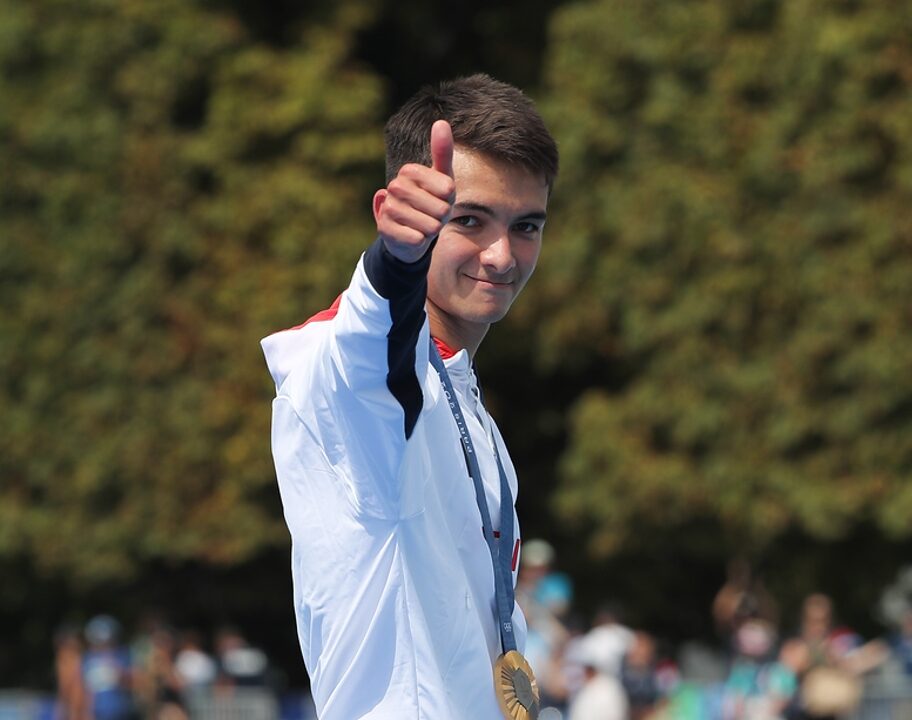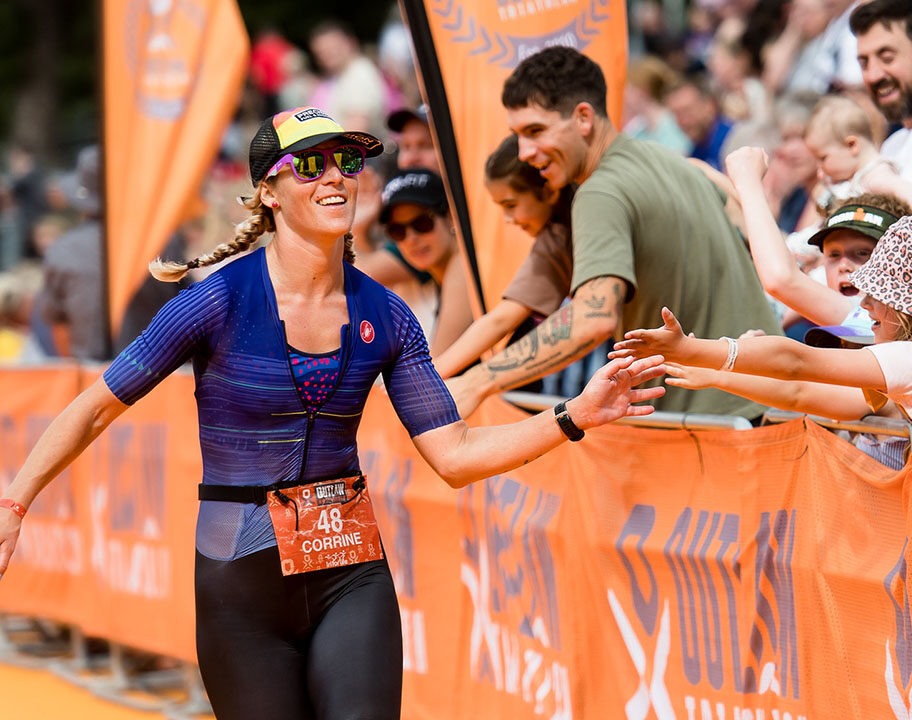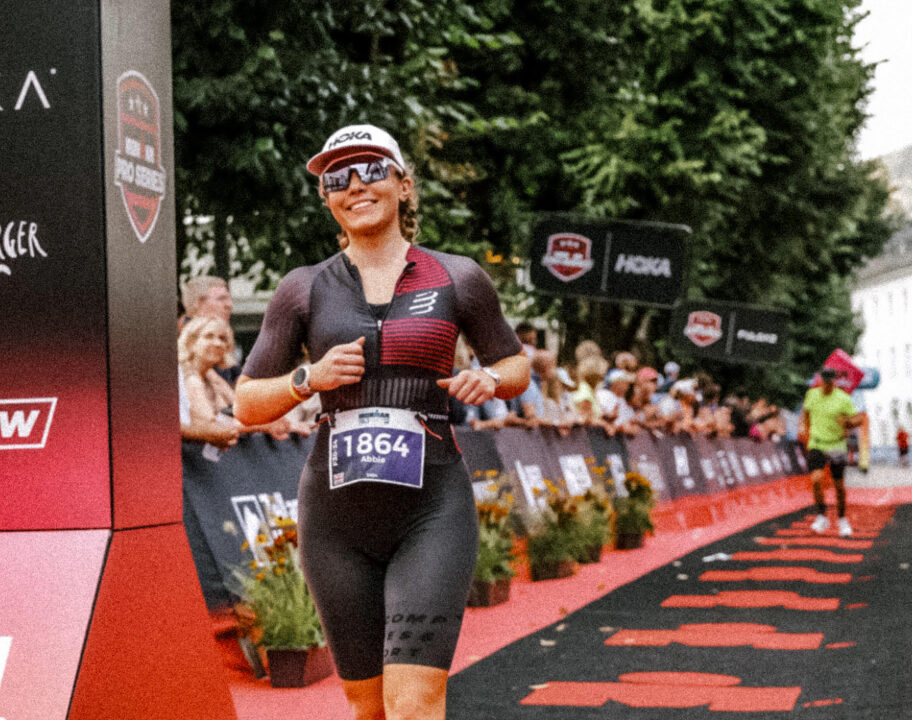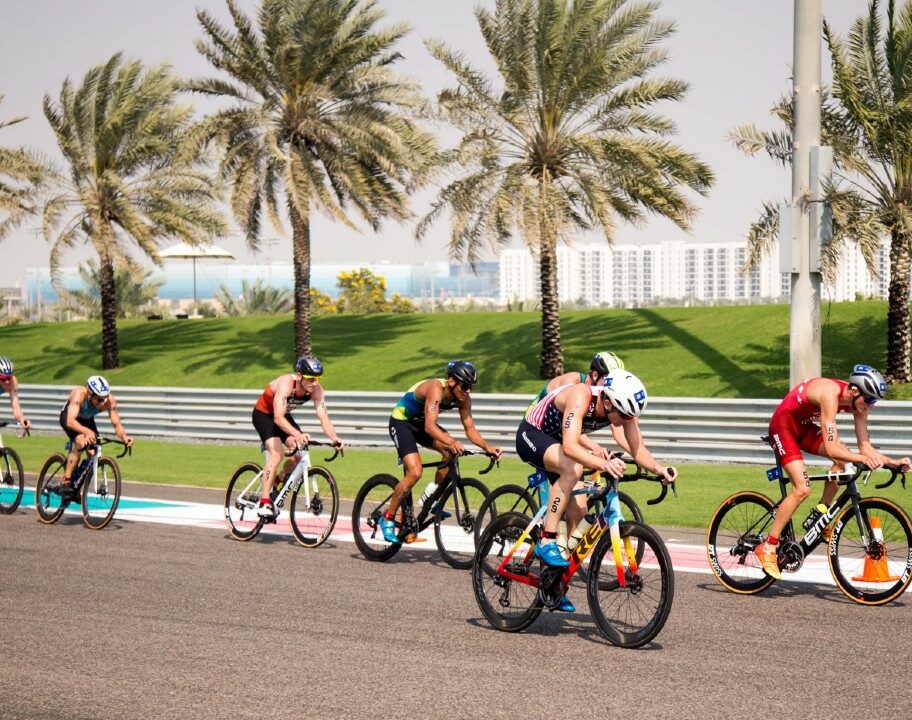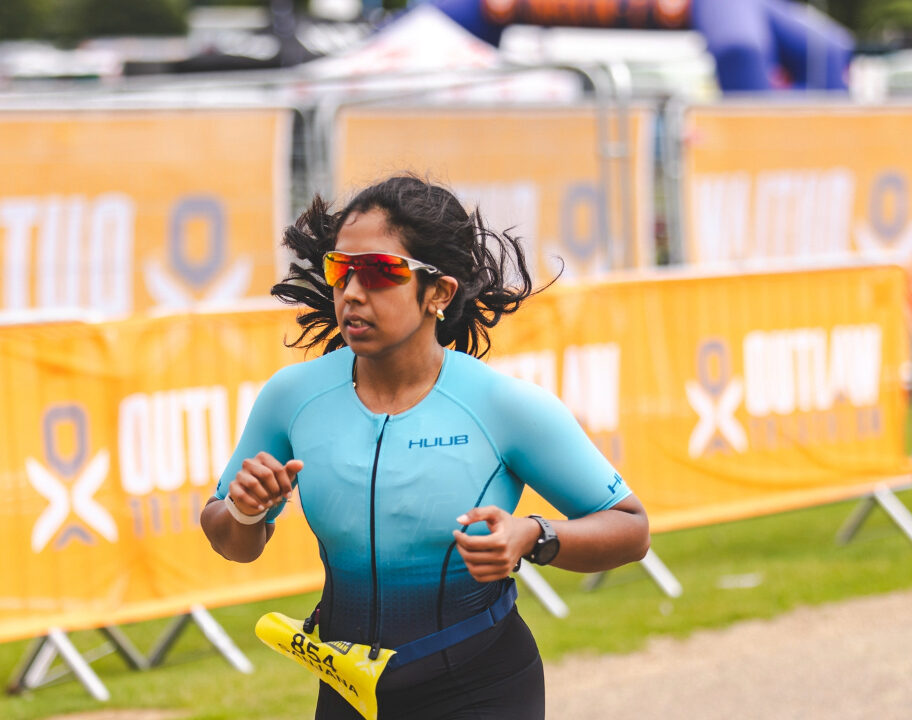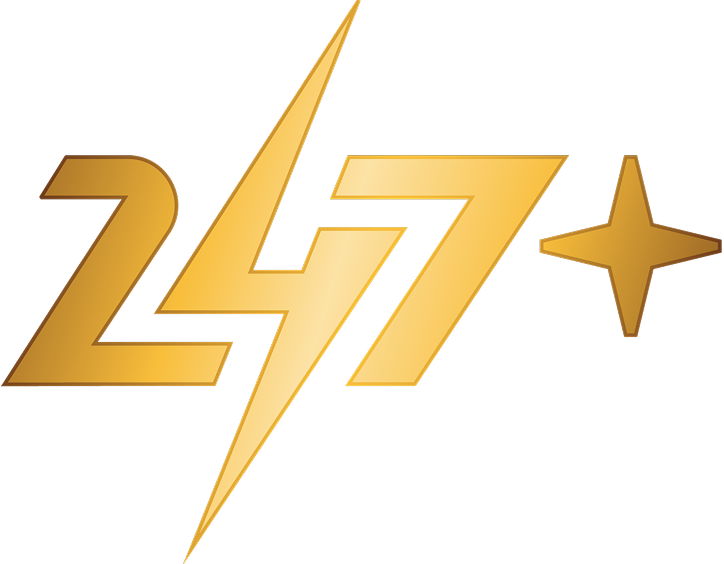Challenge Roth is often described as the “Tour de France of triathlon” – or even triathlon’s answer to Glastonbury Festival – and for good reason: it’s fast. Incredibly fast. Over the years, this iconic German race has played host to some of the quickest performances ever seen over the 140.6-mile distance. It’s where Jan Frodeno set a then-world record of 7:35:39 in 2016, and where Chrissie Wellington stunned the world with her 8:18:13 in 2011. A mark that stood until Daniela Ryf shattered it with an 8:08:21 in 2023. Which Anne Haug bested in 2024 with an 08:02:38. Before Frodeno, Andreas Raelert’s 7:41:33 from 2011 was the gold standard. And in 2024, the bar was raised yet again, as Magnus Ditlev delivered a blistering 7:23:05 – the fastest iron-distance time ever recorded, albeit unofficial.
So what makes this course so fast? On paper there are flatter courses out there, ones where you would suggest athletes could go even faster. The bike of course has elevation including the infamous Solarer Berg, the run is also mostly on gravel paths and has a fair few lumps. And the race can deliver some pretty hot conditions – with the 2025 edition looking almost certain to be a non-wetsuit swim. However despite all these factors Roth is known as the home of fast times as well as the ‘home of triathlon’, and to understand why its considering the below factors!
Straight-line swimming with unprecedented crowd support
Held in the Rhine-Main-Danube Canal, Roth’s swim might not seem that quick on paper. The narrow canal can mean congestion depending on water temperatures, wetsuits aren’t always permitted (this weekend especially!) However, the course is very straightforward: dead flat, straight, and protected from wind and chop.
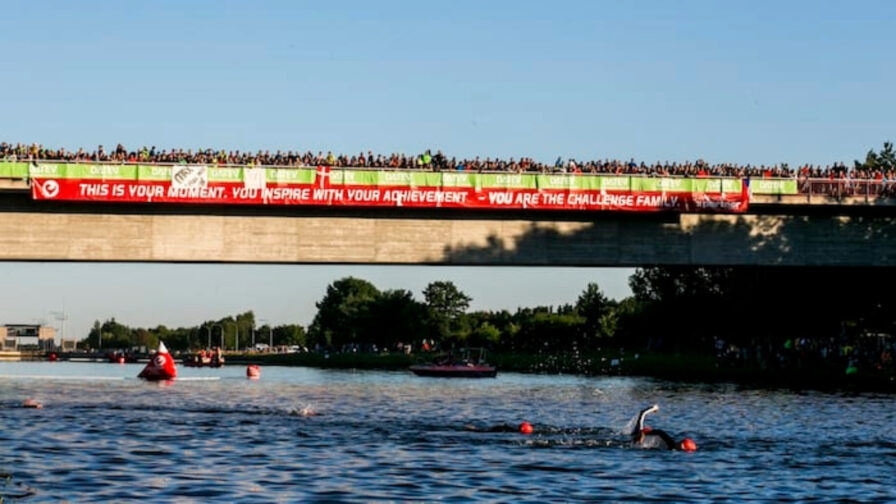
With minimal sighting required, there is even a “lane rope” to follow for the whole swim meaning athletes rarely need to lift their heads to sight! Finally with the canal’s banks lined with spectators, there’s a brilliant atmosphere even from the opening meters.
Challenge Roth bike course
Over two laps the bike course still has around ~1500m elevation so it’s not the flattest course out there! However, the course is very rolling, meaning for every slight uphill there is an equal downhill where athletes carry speed and power. The road surface is incredible smooth allowing for consistent speed and with few sharp corners athletes can stay aero and fly through the German countryside. What about Solarerberg?! Of course, there is a famous climb on the bike route however its actually very short, less than 1km and packed with crowds. Athletes often talk about not even realising the power or effort they are pushing due to the sheer buzz from spectators. It’s the closest triathlon gets to the Tour De France meaning athletes fly up this hill and keep the speed high!
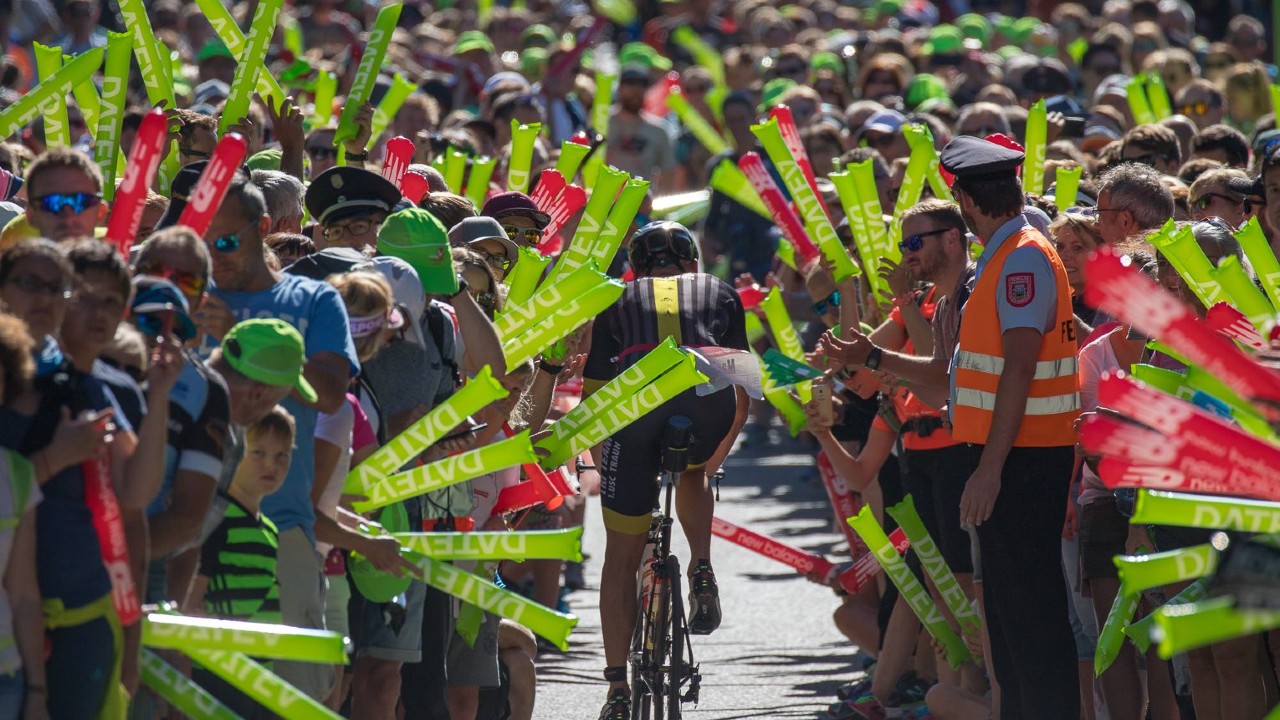
The long climb out of Gredding is actually the main climb of concern here, but athletes get a long downhill to recover from the effort.
Take a look at TRI247’s Jenny Lucas-Hill tips on everything you need to know about racing the Challenge Roth bike course as an age-grouper after doing the race herself.
Run towards the legendary stadium
Due to most of the run being on gravel track it can feel much easier on the legs to run on than hard tarmac or surfaces like the Promenade des Anglais. In many ways with it being less stressful on the legs it becomes easier to maintain pace and keep the effort high. Roth also benefits from long straight stretches on the run minimising corners and turns. This in return means its much easier to maintain consistent pace, manage your effort and no need for surges coming from tight turns and corners! The run course is also packed with spectators every year and towards the end with such an iconic finish line athletes push even harder to get into that stadium.
What else makes Challenge Roth such a fast course?
So as we have seen the course is fast by design but I feel there are other factors at play. If you know others have gone fast on the course, records have been set and crazy times there is a belief that YOU can go fast. It becomes “easier” to push the swim, bike and run knowing others have set these benchmark times. Like the 4 minute mile, once one athlete does it it opens the door and belief to so many others.

Also the crowds make a huge difference. Many triathlon races these days you can be out on the bike or run and worried you are off course it can be so quiet. Not Roth, from the swim start, Solarerberg climb and the run – the city and the entire region is packed with spectators.. It calls itself the “home of triathlon” and each year it seems to become a bigger festival atmosphere.
All eyes on 2025 to see if Laura Philipp can break the elusive sub-8 barrier for women in Roth!


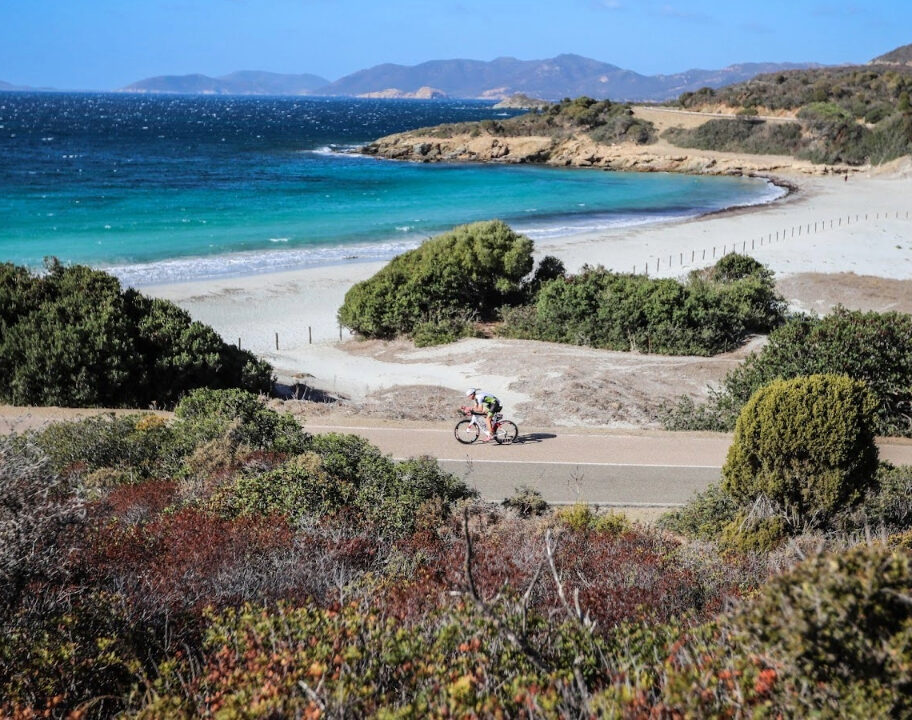
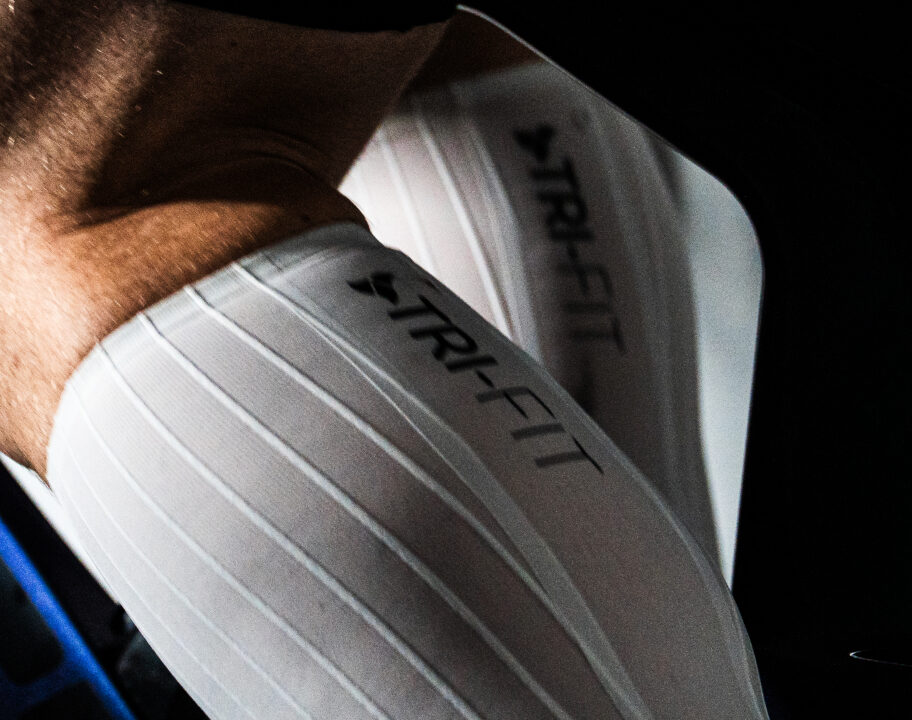
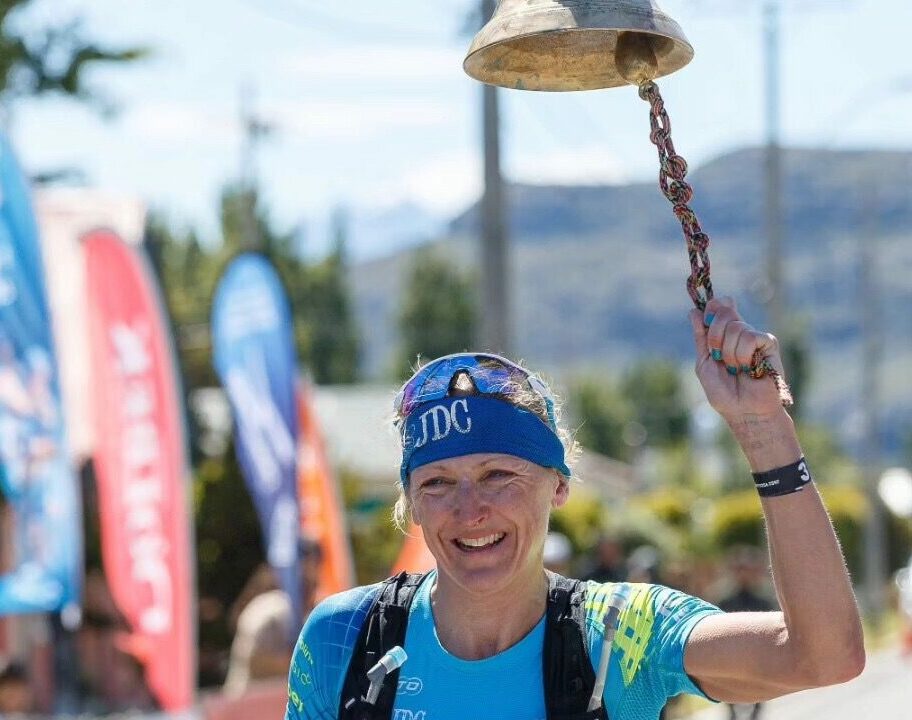
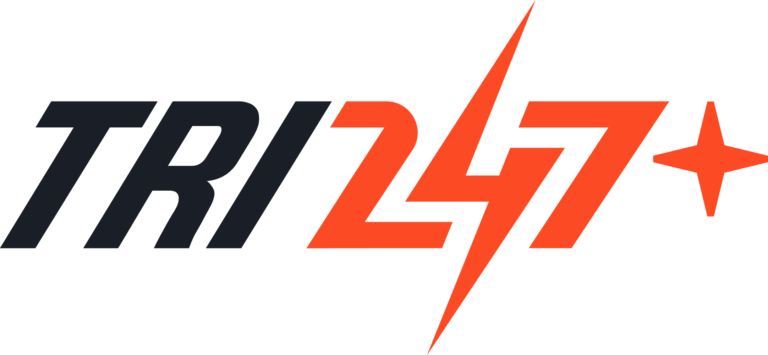 Are we in a triathlon boom, or hurtling towards burnout? Laura Siddall on the growth of the sport
Are we in a triathlon boom, or hurtling towards burnout? Laura Siddall on the growth of the sport